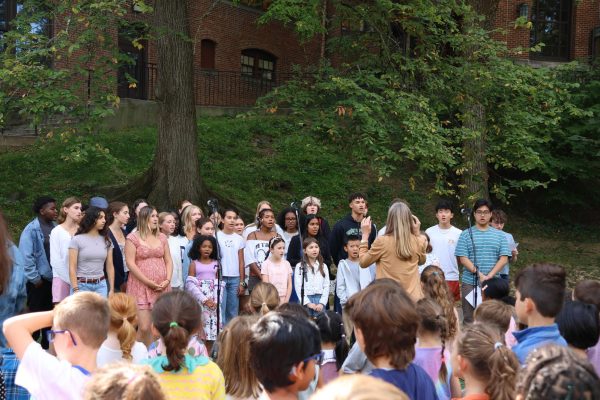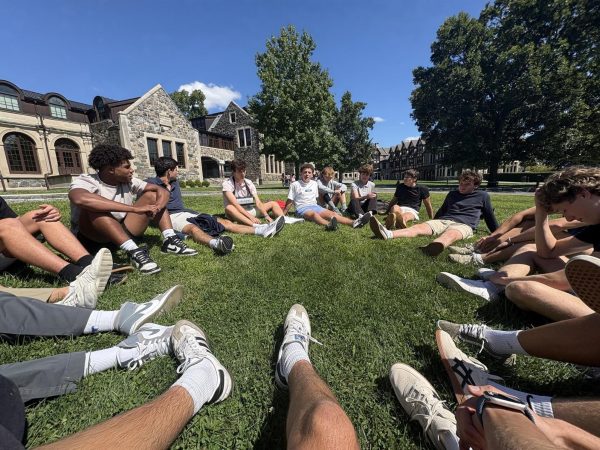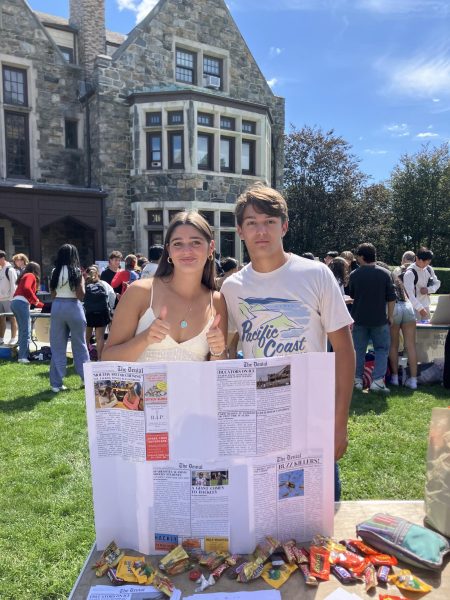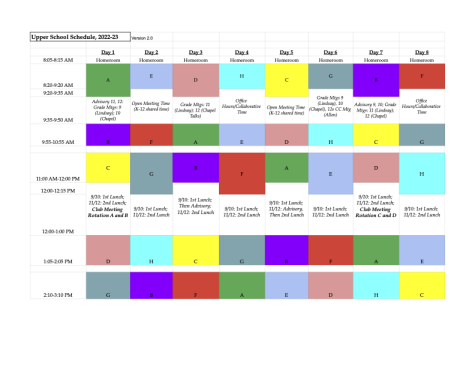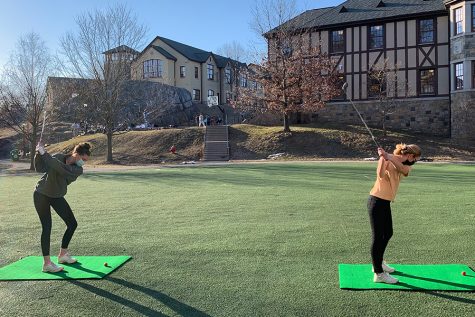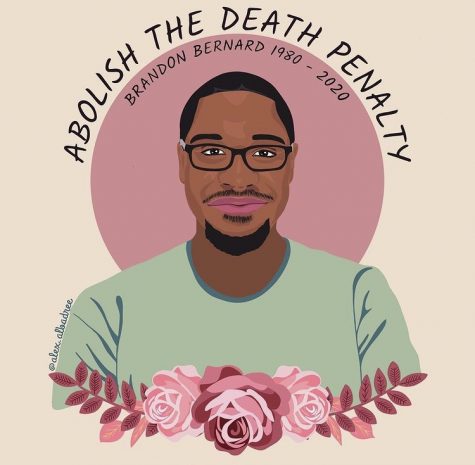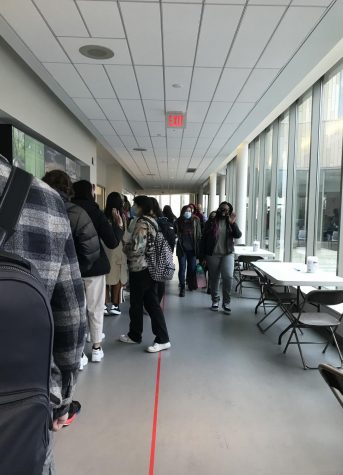Students Should Follow COVID-19 Protocols during Spring Break
Credit: Hackley School
Hackley School’s recorded information of positive pool test results. There is a visible spike in positive cases in the period of and around winter break.
Spring break for the 2020-2021 academic year is right around the corner, and amid rising levels of vaccination among the U.S. population, lifted restrictions on gathering capacity and mask-wearing in various states, and warmer weather, the two-week March break takes place in a world slightly different from conditions present during the winter break.
Even though conditions are different, the Hackley administration still sets high expectations of conduct in order to continue in-school classes during the COVID-19 pandemic.
“What I’m advocating for the students to think about is in the area you have control, exercise good judgment and caution, and that will maximize the opportunities and likelihood that we will be open for what will look like a more typical spring post-break,” Andy King, Director of the Upper School said.
That includes wearing masks, social distancing, and being careful about traveling.
The school recognizes that travel is an inherent part of the spring break experience for some and that the increasing hopes of a normal spring may encourage more travel than was seen over winter break.
“I think what I’m most worried about is I don’t know where people are going, and if people are traveling, and I haven’t tracked enough to see what those states look like,” Mr. King said. “Some states in the warmer climates have loosened restrictions on masks and other precautions, so I think that that is riskier than what New York might currently have. The most important thing is that people continue to be very careful over spring break.”
In addition, travelers seeking to escape the cold of the northeast and partake in a true spring break experience may be leaning towards traveling to warmer states such as Florida, which poses a risk of driving up the number of cases across the nation.
The risk of these national trends affecting the Hilltop community is why Mr. King stressed the importance of pool testing the week of April 9th.
“That pool test after we get back from the distance learning week will be crucial. I’m worried, especially after winter break if there’s a huge number of students who test positive in that pool test that they will have to do another week [of distance learning],” Mr. King said.
Both before and after winter break, Hackley saw an increase in positive pool test results. It is the hope of both Mr. King and the rest of the Hilltop community that the post-spring break pool testing cycle does not bring the same trend.
In New York state, over 11% of eligible individuals have been fully vaccinated. At Hackley, according to Mr. King, “around 75%” of faculty members have been fully vaccinated. This vaccination rate combined with lessened restrictions of quarantine is what will enable the school to keep more teachers and students in school physically. Some teachers who are exposed to COVID-19 in the classroom are no longer required to quarantine by virtue of their vaccination status. Additionally, students and unvaccinated faculty do not have to quarantine unless they were within six feet of a person with COVID-19, an update from previous rules in which all students and faculty in a classroom with an infected individual would be required to quarantine. So, even if the school experiences an increase in positive test results in the cycles after spring break, it is likely that more students and faculty will be able to remain in school, in person, and enjoy the warm weather and spring activities that surely await.




